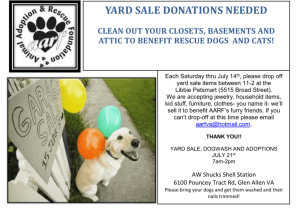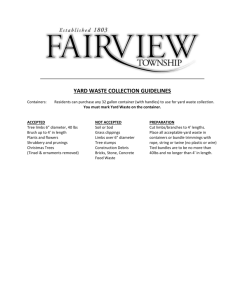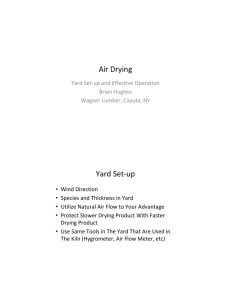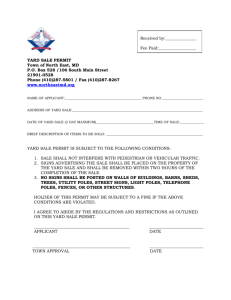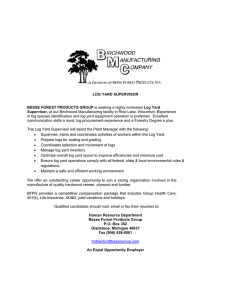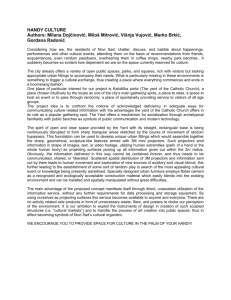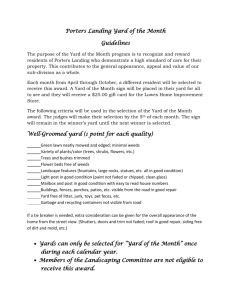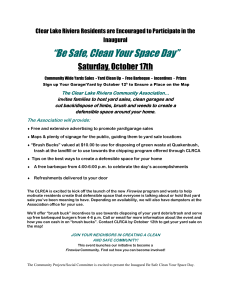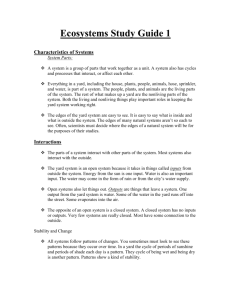Session 4 May 16 6-9pm Pearl Park Rec Center 414 E. Diamond
advertisement
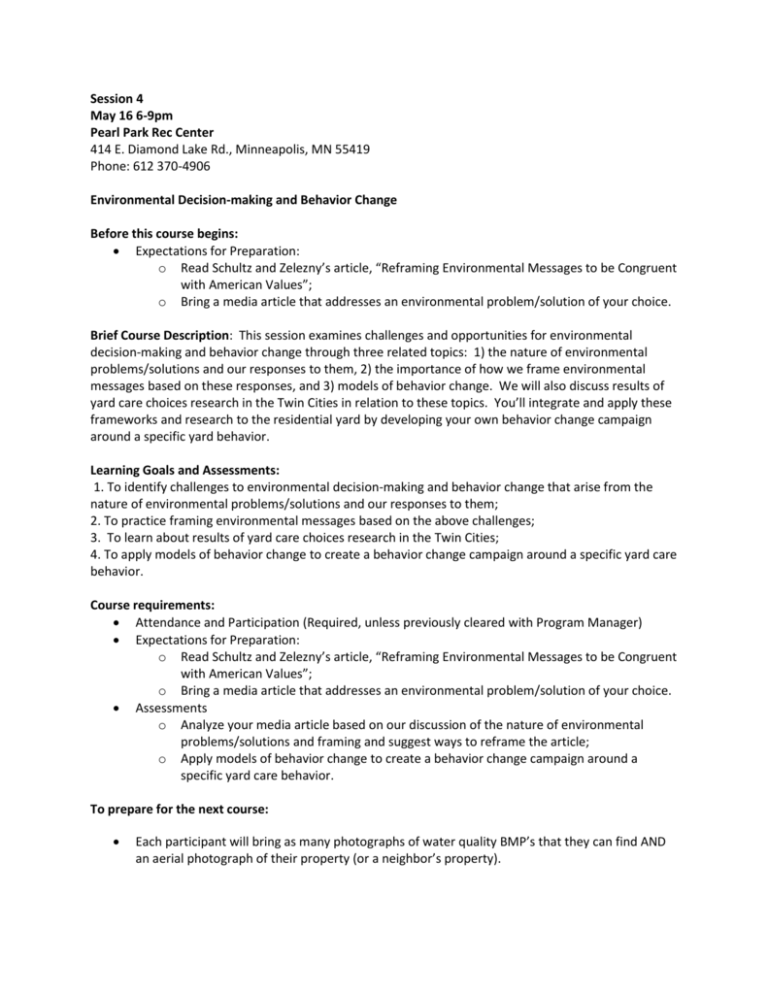
Session 4 May 16 6-9pm Pearl Park Rec Center 414 E. Diamond Lake Rd., Minneapolis, MN 55419 Phone: 612 370-4906 Environmental Decision-making and Behavior Change Before this course begins: Expectations for Preparation: o Read Schultz and Zelezny’s article, “Reframing Environmental Messages to be Congruent with American Values”; o Bring a media article that addresses an environmental problem/solution of your choice. Brief Course Description: This session examines challenges and opportunities for environmental decision-making and behavior change through three related topics: 1) the nature of environmental problems/solutions and our responses to them, 2) the importance of how we frame environmental messages based on these responses, and 3) models of behavior change. We will also discuss results of yard care choices research in the Twin Cities in relation to these topics. You’ll integrate and apply these frameworks and research to the residential yard by developing your own behavior change campaign around a specific yard behavior. Learning Goals and Assessments: 1. To identify challenges to environmental decision-making and behavior change that arise from the nature of environmental problems/solutions and our responses to them; 2. To practice framing environmental messages based on the above challenges; 3. To learn about results of yard care choices research in the Twin Cities; 4. To apply models of behavior change to create a behavior change campaign around a specific yard care behavior. Course requirements: Attendance and Participation (Required, unless previously cleared with Program Manager) Expectations for Preparation: o Read Schultz and Zelezny’s article, “Reframing Environmental Messages to be Congruent with American Values”; o Bring a media article that addresses an environmental problem/solution of your choice. Assessments o Analyze your media article based on our discussion of the nature of environmental problems/solutions and framing and suggest ways to reframe the article; o Apply models of behavior change to create a behavior change campaign around a specific yard care behavior. To prepare for the next course: Each participant will bring as many photographs of water quality BMP’s that they can find AND an aerial photograph of their property (or a neighbor’s property).

